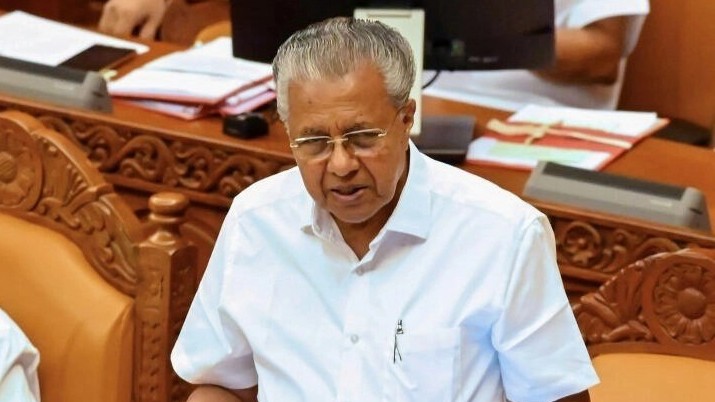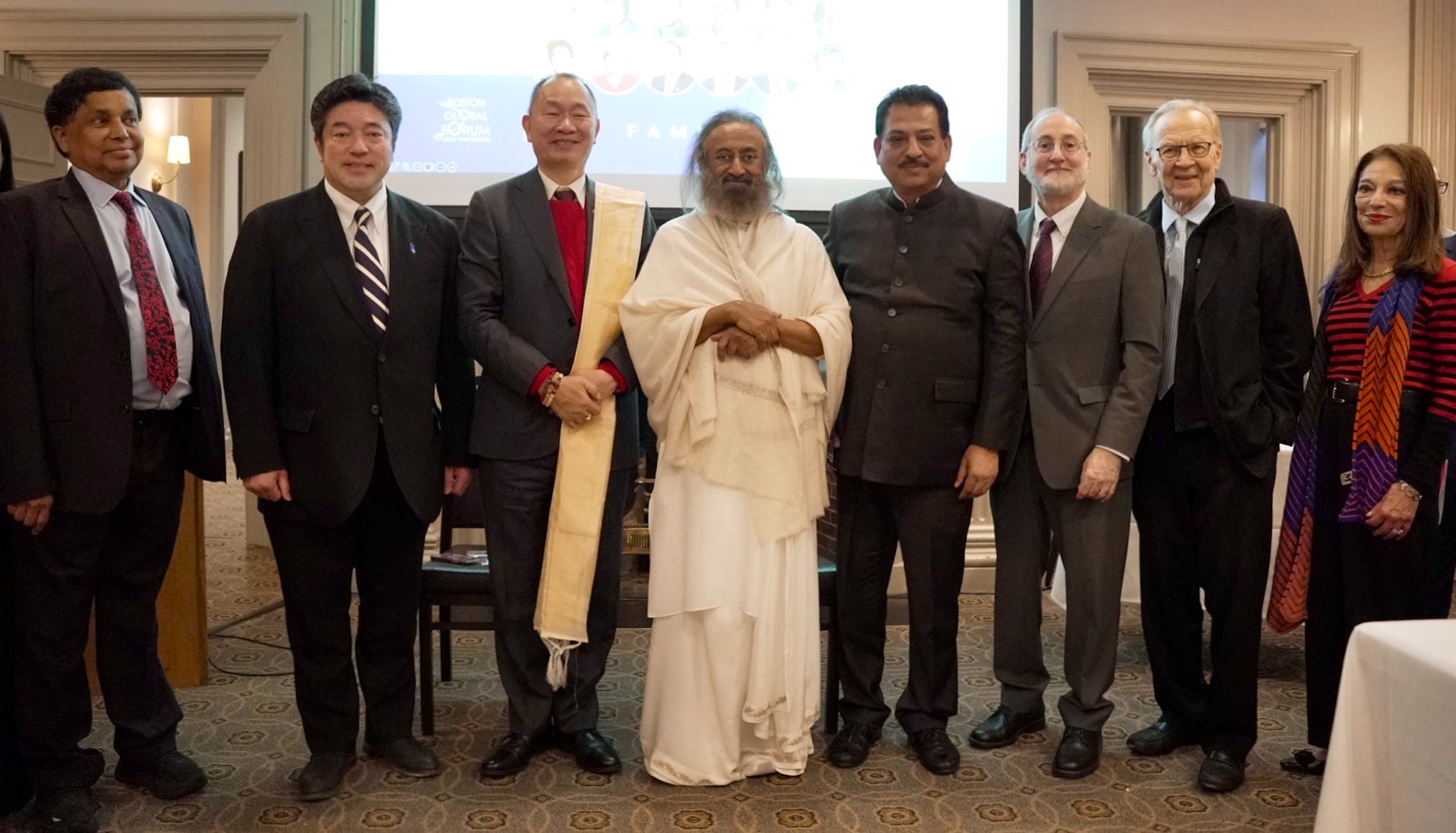With the construction industry having a huge environmental footprint, especially in developing nations like India, where a lot of construction take place over the next 50 years, timber and bamboo offer a solution to reduce carbon emissions, says an expert. Steel and cement manufacture are deemed to produce around 8 percent each (i.e. around 16 percent) of the world's carbon emissions. The nations must find substitutes for these materials.
The construction industry has a huge environmental footprint. According to some sources it is responsible for about 40 percent of the world's carbon emissions between the construction of buildings and infrastructure and operation of buildings, David Trujillo, an assistant professor in Coventry University's School of Energy, Construction and Environment, said.
He spoke to IANS in detail about the structural utility of bamboo, and how its use in the construction industry could help to step up efforts to combat climate change.
"In developing nations like India, where we would expect a lot of construction to take place over the next 50 years, this is likely to be very significant. We must find substitutes for steel and cement materials," he said in the interview.
"In developing countries, it is very common to construct buildings out of reinforced concrete and concrete blocks. I believe this is accurate for India also. We must change the way we build."
Responding to why bamboo is an important material, he said timber and bamboo offer a solution to reduce carbon emissions for two reasons: First, transforming them into useful materials requires little energy input.
And second, if responsibly grown and harvested, they can potentially act as carbon sinks.
"However, in most developing countries we have few established commercial forests ready to be exploited, and we must avoid exploiting primary forests. If we committed to planting timber forests now, it would be at least 25-50 years before we could harvest them.
"We cannot wait that long. Many developing countries in the tropics and subtropics have plenty of bamboo resources, this includes India. It is a resource that is ready to be exploited.
"And if they do not have them, it will only take about 10 years from green field to highly productive forest. Bamboo forests are easy to exploit, and in fact perform better if they are regularly exploited," the Coventry University researcher told IANS.
He was at the 26th Conference of Parties to the UN Framework Convention on Climate Change (COP26) in Glasgow for delivering a presentation on why bamboo could play a crucial role in the future of the construction industry.
On how wide of a scale bamboo could be planted, he replied: "As bamboo can be, and has been, introduced in degraded soils, it seems possible that any increase in plantation and production can be undertaken without displacing primary forests or agricultural land.
"Another key benefit is that initial studies seem to suggest that bamboo is more productive per hectare and sinks more carbon, than timber."
About the social benefits of bamboo in construction, he said there are many.
"Firstly, it creates an additional and continuous source of income for rural communities. Unlike mining, which is capital intensive and concentrated, bamboo exploitation requires little capital and can be spread broadly.
"However, there are plenty of opportunities to generate new industries associated with it: preservation, transformation, etc. Modern bamboo housing has an excellent track record in disaster resilience (earthquakes and typhoons), low costs and high levels of thermal comfort.
"It is expected that construction of multi-storey engineered bamboo frames (for now only a potential and not current technology) would have similar benefits that modern timber structures have: better working environments, lower air pollution during construction, improved working conditions, etc."








 OpinionExpress.In
OpinionExpress.In















Comments (0)